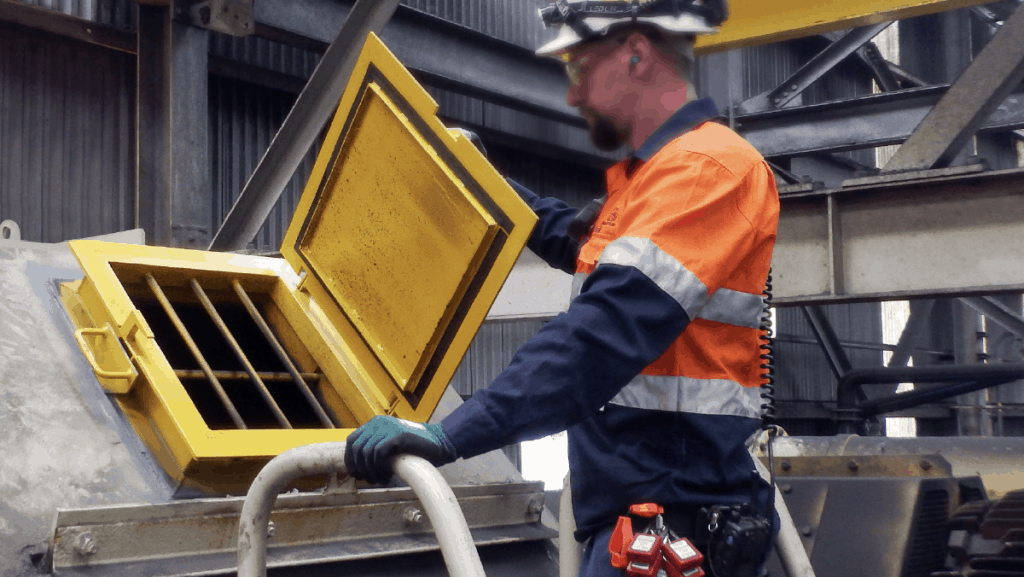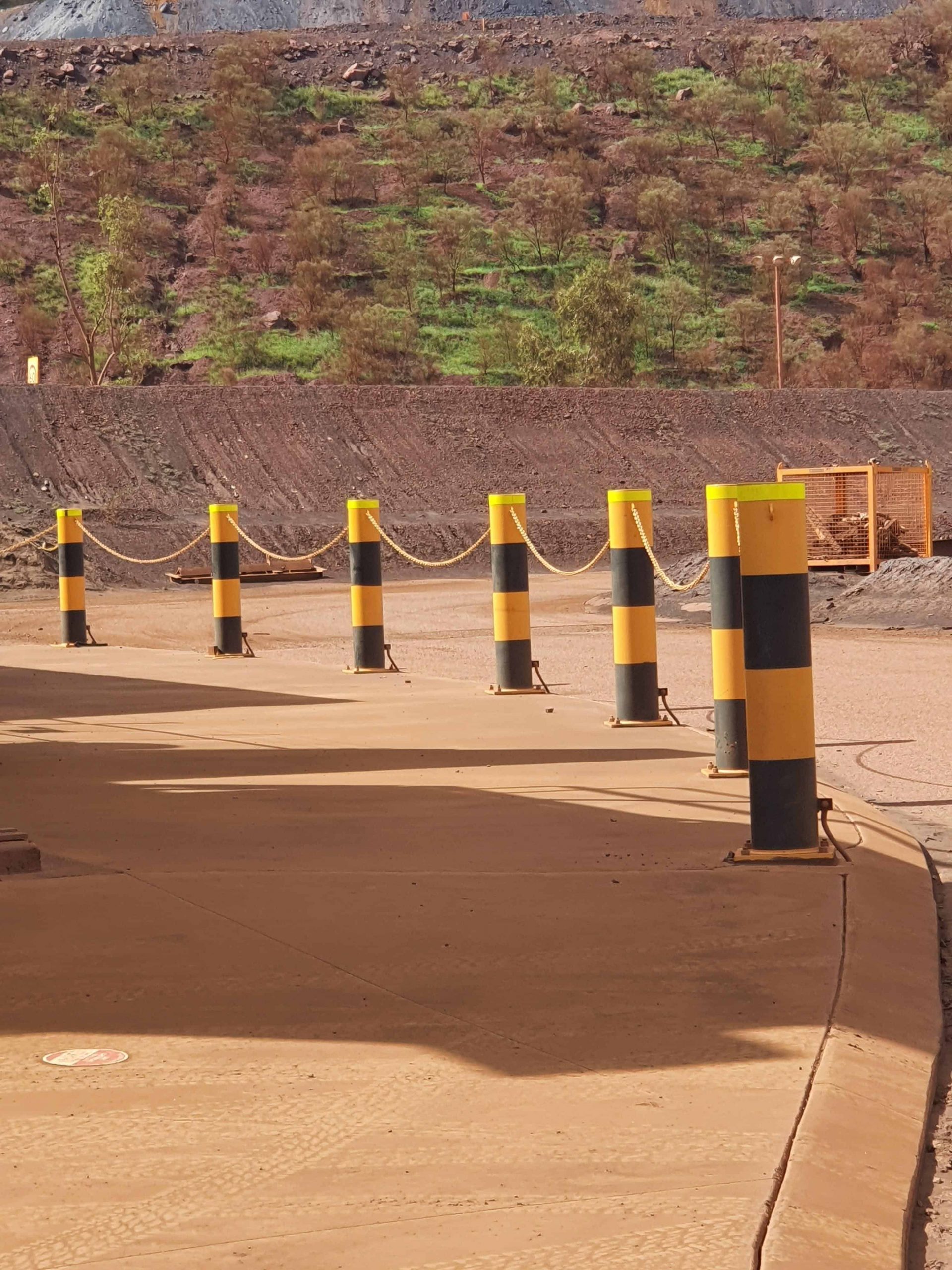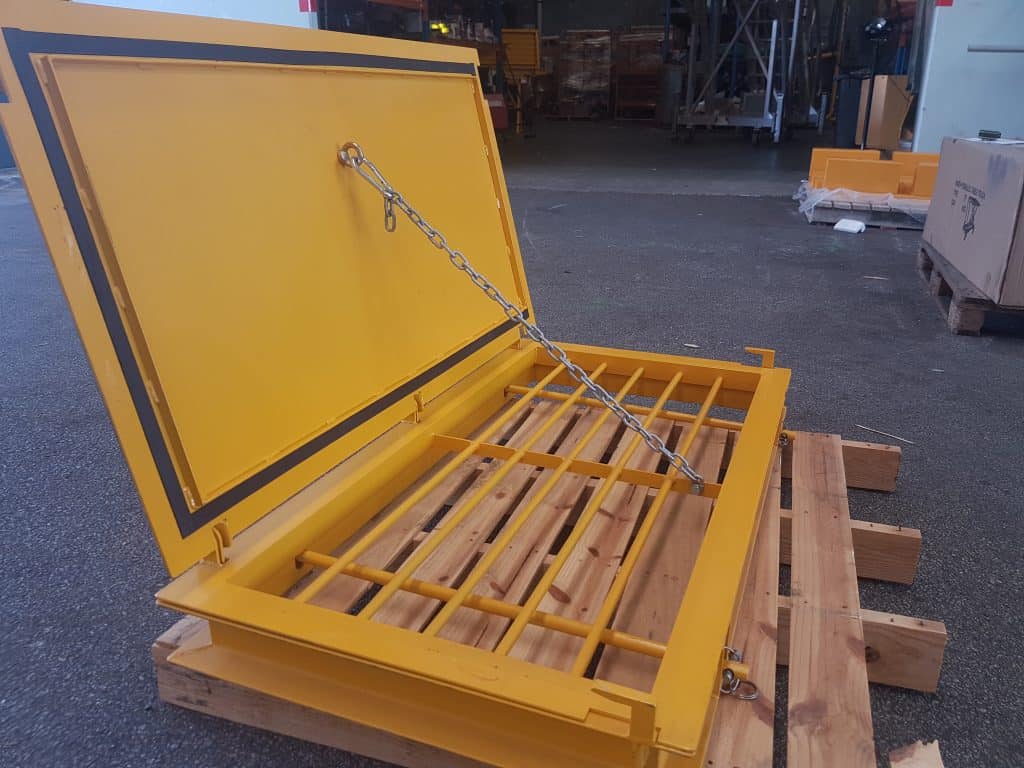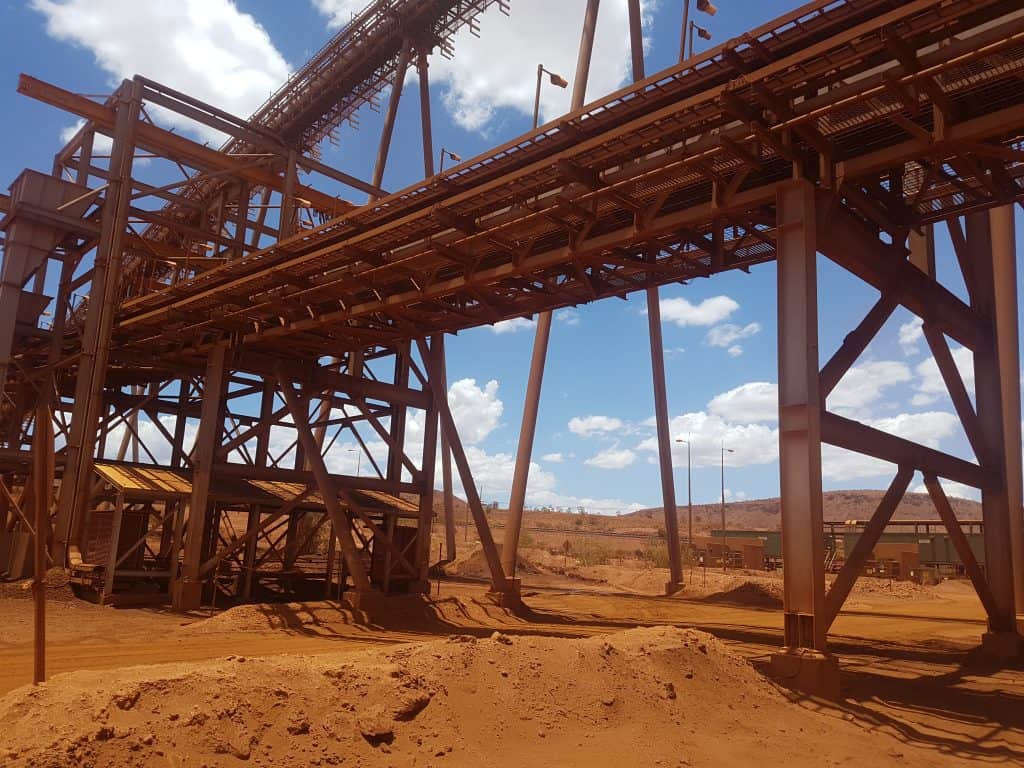Risk management is a proactive process which should be implemented to effectively manage safety and health risks in the workplace. Although it is one of the primary responsibilities of leadership teams too manage risks and develop and maintain psychologically healthy and safe workplaces, the success of the process relies on everyone participating in risk management.
More people are entering the mining industry which means more risk. Statistics show that there are 9.3 reportable incidents per 1000 employees across the industry. This translates injuries and worse, fatalities as well as add to the huge compensation costs associated injury and impairment.
With the introduction of new legislation which is aimed at reducing workplace injury and death by making those in control of health and safety accountable, it is paramount to ensure risk is always being managed across the organisation.
Adopting a risk management approach helps organisations to:
- prevent and reduce the number and severity of injuries and illnesses from exposure to psychosocial hazards and risk factors
- promote worker health and wellbeing
- identify and take opportunities for continuous improvement and innovation in their safety and health management systems.
source: Department of Mines, Industry Regulation and Safety
To manage risks associated with physical injury and fatality, organisations need to:
- Identify risks and hazards
- Conduct regular risk assessments of all processes and equipment
- Understand the control measures that should and can be put in place to minimise the risk
- Implement the maximum level of control to ensure everyone remains as safe as possible at all times
- Monitor and optimise the effectiveness of the controls.
To manage risks for mentally healthy workplaces, organisations need to:
- Identify the psychosocial hazards and risk factors
- Assess the associated risks
- Control the risks by making the changes necessary to eliminate the hazards or risk factors or, as far as practicable, minimise the risk of harm
- Monitor and review the effectiveness of the controls.
Risk management needs to be a proactive system that incorporates the entire team and embeds accountability across leadership that strives for zero harm, physically and mentally. It needs to be ongoing and hazard identification should be top of mind when undertaking any new or existing task. If a work process can be made safer, it should be.
Certification and compliance
Certification and compliance with Australian Standards is our benchmark of acceptability. We understand the importance of safety and performance on-site and aim to provide products and solutions that far exceed expectations. Ensuring that our products are certified and compliant with the relevant Australian Standard means they have been tested to outperform specifications and provide our clients with the safety and performance outcomes they deserve. If you would like to learn more about the importance of certification compliance download our free whitepaper “10 Valuable Benefits Certification and Compliance Can Add to Your Site.”







About The Author: Rhys Werndly
More posts by Rhys Werndly